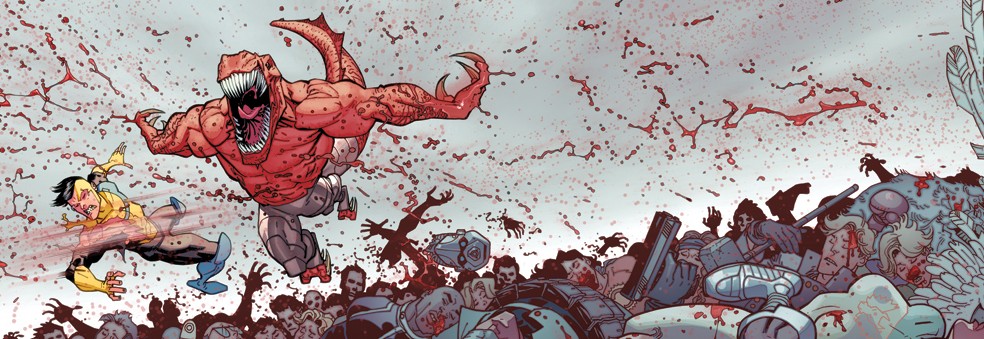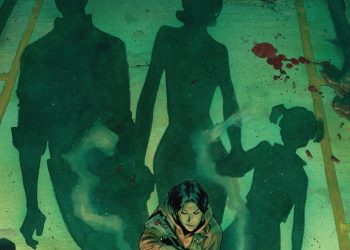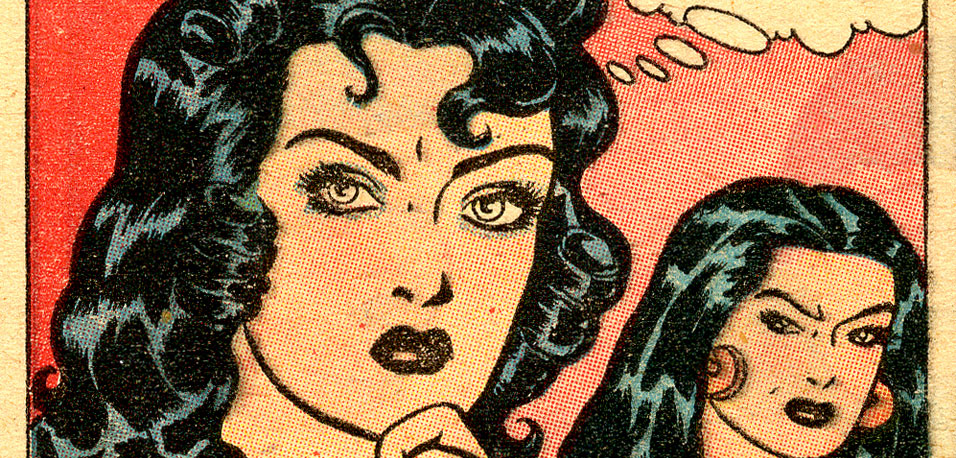
Captain America #19
Written by Ed Brubaker
Art by Steve Epting
Color Art by Frank D’Armata
Review by Joey Braccino
‘Tis a sad day. Today, Ed Brubaker’s Captain America epic came to an end. 8 years. Over 100 issues. 2 volumes. Gene Colan. Multiple industry awards and the nigh universal endearment of comics fandom. Of course, we still have Winter Soldier for a few (short) months, but Captain America is the series that Brubaker will forever be associated with in the history of the House of Ideas. It will always be “Brubaker’s Cap” just like it’s “Claremont’s Uncanny X-Men” or “Simonson’s Thor” or “David’s X-Factor/The Incredible Hulk;” the writer and character are one. Since the first issue back in late 2004, Brubaker has [warning: 8 year old spoilers!!!] assassinated the Red Skull, introduced one of the greatest character arcs of the 21st Century in the Winter Soldier, reignited the Sharon Carter/Steve Rogers romance, assassinated Captain America himself, and turned Arnim Zola and Dr. Faustus into formidable supervillains! He has crossed sci-fi with noir and reality-bending fantasy with World War II reel-footage and flashbacks. He has explored the nature of heroism and the weight of legacy. He has always laced his narrative with the idea of redemption and the necessity of pursuing good. The last 8 years have been a master-class in long-form comics storytelling, and I sincerely recommend searching for back-issues or trades of Brubaker’s Cap as soon as you are done reading this review.
The final issue reads a lot like some of the earlier issues from Brubaker’s run. Having Steve Epting on as artist probably helps recapture some of that initial synergy between story and image, but Brubaker seems more comfortable on this issue than he has been since the Captain America relaunch last year. Unlike any of the last 18 issues of volume 6 (some of which were excellent; some of which were absolutely terrible), Brubaker writes this issue around elements from the initial 50 issues of the volume 5 run: The 1950s Captain America, the extensive use of flashbacks, and a spectacular action sequence involving a train and some terrorists that long-time readers will recognize as a direct parallel to issue #1. Full-circle, much? The entire book revolves around a conversation between Steve Rogers and the 1950s Captain America, William Burnside—a character used to expound upon ideas of legacy and madness back around issue #40 of Brubaker’s initial volume of Captain America. No spoilers here; just go read the book.
After that initial action sequence, the book takes on a decidedly more meditative mood. Steve Rogers spends the majority of the book reflecting on the nature of Captain America as a symbol. He tells the story of what motivated him to first take the super-soldier serum and tracks the ups and downs of his tenure as the star-spangled Avengers and those that took up the mantle when he couldn’t. It is a story we’ve heard before—the weight of the shield and standing as a symbol of hope and heroism during times of international or interstellar war—but it quickly becomes evident that Brubaker is speaking through Steve’s words. When Brubaker has Cap say, “And if I don’t wear this uniform, then someone else will… someone else always will… because that’s the hardest part about being Captain America… understanding that the mission is too big… and it’ll never end,” he’s acknowledging the importance of Captain America as an icon—a piece of mythology—that millions of readers and viewers will experience in its various incarnations and learn from and admire and aspire to be like. Because that’s what mythology is—the sacred narrative of those heroes that stand for that special something deep and hidden in the human condition. That little bit of goodness or heroism, of drive or promise, of patriotism or passion expounded and expounded through a fictional construct. Cap is that. Spider-Man is also that, but that’s a different story for another time. But Cap is that, and Cap has been that for over 70 years. In times of crisis, Captain America has punched Hitler in the jaw. Captain America once abandoned a corrupt president and fought for American ideas of fairness and equality as the Nomad. He’s an icon on the panels; he’s an icon in real life. And Brubaker has contributed to that mythos; he has contributed mightily. But, as he says in his thank you text at the back, it’s time to turn a new page.
Thank you, Mr. Brubaker, thank you. Captain America never needed to find an audience; the audience needed to find Captain America.
Verdict
Buy it. Even if you’ve never picked up an issue of Captain America, #19 reads as a stand-alone piece. It provides all of the necessary history and background within its pages, and it promises to be one of my favorite issues of one of my favorite comics series by one of my favorite comics writers of all time. Steve Epting and Frank D’Armata put together a visually stunning comic book, and Ed Brubaker ends his story by hitting all the right emotional beats. Bravo.
PS – When Winter Soldier ends, I don’t know what I’m going to do… (edit: Read Fatale)










